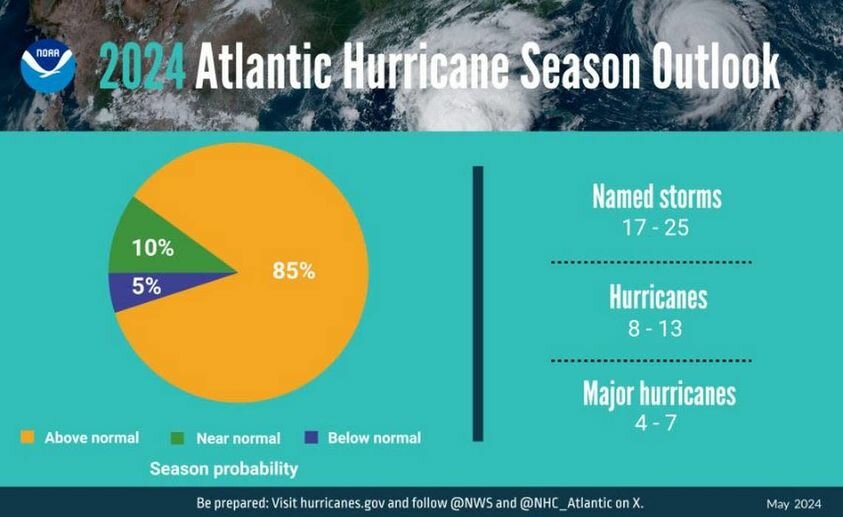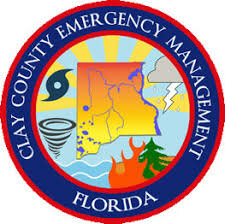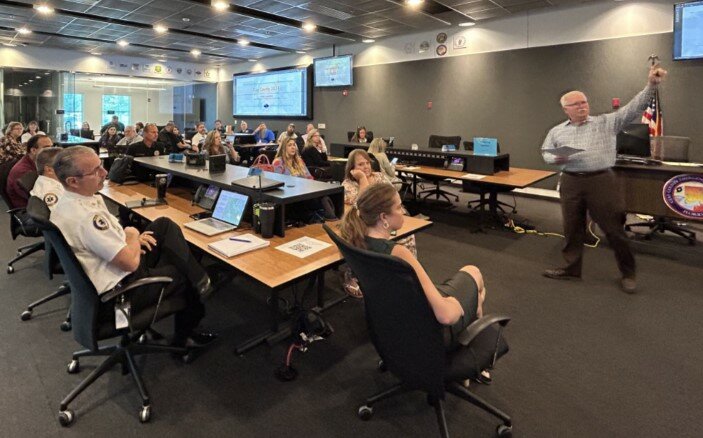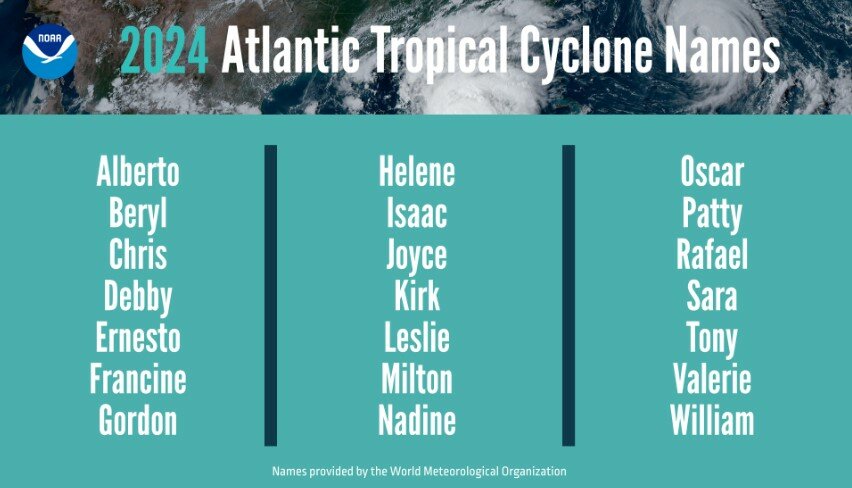Being prepared
It's never too early to get ready for hurricane season
CLAY COUNTY – The National Oceanic and Atmospheric Administration believes there will be “above-normal” hurricane activity in the Atlantic basin this year, with an 85% chance of 17 to 25 named …
This item is available in full to subscribers.
Attention subscribers
To continue reading, you will need to either log in to your subscriber account, below, or purchase a new subscription.
Please log in to continueDon't have an ID?Print subscribersIf you're a print subscriber, but do not yet have an online account, click here to create one. Non-subscribersClick here to see your options for subscribing. Single day passYou also have the option of purchasing 24 hours of access, for $1.00. Click here to purchase a single day pass. |
Being prepared
It's never too early to get ready for hurricane season
CLAY COUNTY – The National Oceanic and Atmospheric Administration believes there will be “above-normal” hurricane activity in the Atlantic basin this year, with an 85% chance of 17 to 25 named storms, with eight to 13 evolving into hurricanes. They forecast four to seven of those to become major hurricanes with at least 111 mph winds.
Will any of those affect Florida, particularly Clay County? Maybe yes. Maybe no. The best course of action is to prepare for the worst and hope for the best.
Clay County Emergency Management Director Tim Devin knows the county hasn’t sustained hurricane or tropical-force winds since Hurricane Dora in 1964. The highest recorded winds then were clocked at 52 mph in Keystone Heights, well within the tropical force classification of 39-73 mph range.
He also knows the Atlantic is just 33 miles from the heart of Middleburg, which makes it well within a hurricane’s dangerous reach. Last year, Hurricane Idalia slammed into the Florida Panhandle, and it still maintained hurricane-force winds for six hours until it reached western Georgia. Moreover, it still had tropical-force winds nearly 450 miles away in North and South Carolina.
Every hurricane season is different. This year’s season is expected to be active through Nov. 30 because of near-record warm ocean temperatures in the Atlantic, the development of La Nina conditions in the Pacific Ocean, reduced Atlantic trade winds and less wind shear, all of which tend to favor tropical storm formation.
Regardless, Devin has to make sure Clay County is ready. Training is ongoing, but his department recently hosted a county-wide exercise to answer questions and assign responsibilities ahead of any threatening situation.
“We are unique here in Clay County in that we have a great relationship with our county leaders, public safety agencies, health organizations and businesses,” Devin said, “These final roundtable discussions allowed us to ask questions and talk through processes to make sure we’re ready as one Team Clay before a storm hits.
You have to stay ahead of it."
Many still remember the damage caused by Hurricane Irma in 2017. It was an extremely powerful storm that rolled through the Caribbean, entered Southwest Florida, came up the west side of Florida, and continued through western Georgia and eastern Alabama.
Clay County was affected by Irma's outer bands, missing the worst of the winds but resulting in 14 inches of rain in 12 hours. This flooded much of the county, especially around the Black Creek, Doctors Lake, and St. Johns River. The Black Creek crested at 28.5 feet—well above the previous high of 24.3 feet recorded in 1923.
Irma caused $40 million in damages in Clay, and it damaged 450 homes and forced 900 people into one of five shelters.
But no one died.
Devin wants to keep it that way.
“I like to be inclusive,” he said. “When it comes to the planning, the training, the exercise portions that we have, backups to the backups to the backups to make sure we’re ready.”
The county has grown by 10% in the last two years, so more than 20,000 people may have never experienced a tropical system. Devin said others may not heed the warnings quickly enough.
“The biggest thing is being prepared,” he said. “Are they getting the debris cleaned up ahead of time around their house? Are they stocking up on the non-perishable items? Do they have enough batteries and flashlights? Do they have a generator? Do they know how to run the generator? Do they know that it runs outside and not inside the house? Do they have enough fuel for that generator? If they lose power, do they have other means to cook, like a grill or a gas stove? Do they know how to get water? A lot of citizens are on wells and septic, and it takes electricity to run those. So what are they going to do for those? Are they going to evacuate? They may have some elderly relatives they must put somewhere at a family house in Atlanta or where the storm will not be. All those considerations are things they need to do ahead of time when planning. They need to sustain themselves for up to 96 hours, which is a good rule of thumb because it will take time to remove the trees and the power lines from the roads.”
Other things that should be done in advance include knowing which evacuation and flood zone you live in, creating an evacuation plan, creating a plan for your pets, filling up your car with gasoline, buying enough non-perishable food and water to last at least four days, withdrawing cash, getting essential papers together, creating a disaster supplies bag with a first aid kit, a radio, a solar-powered USB charger for your cellphone, making sure your prescriptions are filled, photographing your valuables, talking to your neighbors to know their needs, secure outdoor furniture (if you don’t have room to take it inside and you have a pool, throw them in the pool) and strengthen your home.
You can find your evacuation zone, learn about flood zones, Black Creek and St. Johns River water levels, and more on Alert.claycountygov.com. Sandbag locations, shelter and call center information, and important storm-related updates will be posted on that page during a storm. Now is also an excellent time to sign up for alerts through AlertClay.
Stay informed during a storm on Clay County Emergency Management’s Facebook, Instagram, Twitter and Nextdoor social media platforms for information for important announcements, updates and livestreams.


















